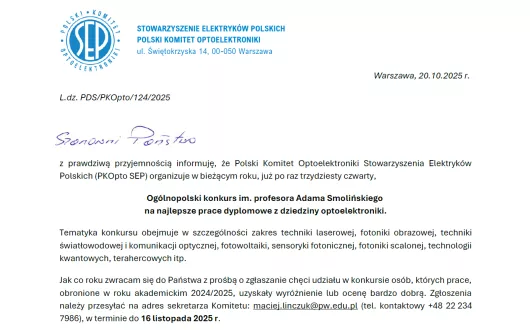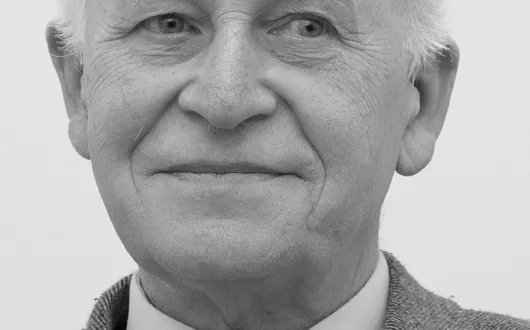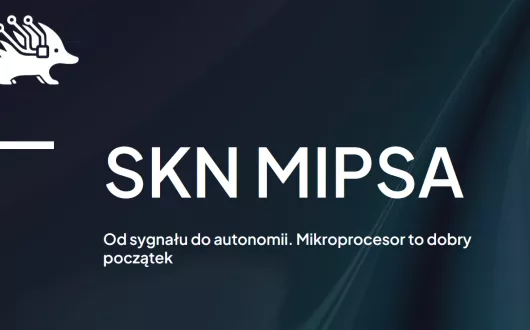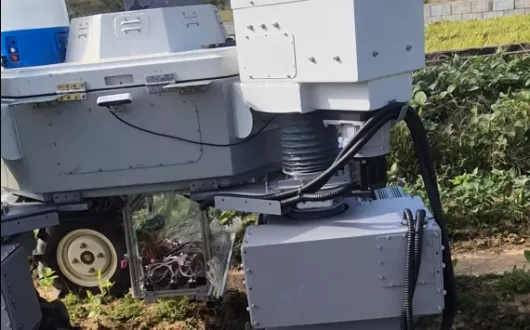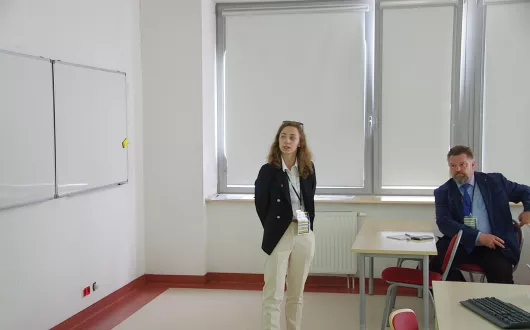On November 4, 2025, the World Fiber Optic Day, we invite students and staff of our Institute to take part in a unique event – Corning Day, organized by CORNING, a world leader in the fiber optics industry 🌍📶
Authored on
Kategorie
On Monday, we had the pleasure of hosting first-year students of the Electronic and Telecommunication Engineering (ETE) program, conducted by our Faculty within the International Faculty of Engineering (IFE) 🌍
Authored on
Kategorie
Between September 15 and October 7, 2025, Prof. Michał Strzelecki from our Institute visited Jeonbuk National University (전북대학교) in the Republic of Korea, taking part in the work of an international research team implementing the project 👉 “Deep Learning – Based Highly Precise Detection of Weeds and Development of Robust and Precision Weeding Technologies.”
Authored on
Kategorie
The Association of Telecommunications Engineers (SIT) is once again actively supporting students and young engineers by organizing the SIT National Competition for the Best Thesis in Telecommunications - 2025/2026 edition 💻📶
Authored on
Kategorie
The Polish Optoelectronics Committee of SEP announces the 34th edition of the Professor Adam Smoliński National Competition 🏆
Authored on
Kategorie
🗓️ On 21 October 2025, fifth-year students from the Technical School Complex in Płock had the opportunity to participate in a meeting with representatives of Lodz University of Technology.
Authored on
Kategorie
It is with deep sadness that we received the news of the death of Prof. Zdzisław Korzec, an outstanding scientist, founder and long-time director of the Institute of Electronics from 1973 to 1986.
Authored on
Kategorie
The MIPSA Student Research Club at the Institute of Electronics at the Lodz University of Technology is looking for new members! 💡 If you are interested in electronics, telecommunications, radar systems, satellites, programming or data analysis, this is the place for you.
Authored on
Kategorie
Institute of Electronics is participating in the research project "Deep Learning – Based Highly Precise Detection of Weeds and Development of Robust and Precision Weeding Technologies", led by Jeonbuk National University, Republic of Korea. 🇰🇷
Authored on
Kategorie
From September 10–12, 2025, the Radiocommunication and Teleinformatics Conference (KRiT) took place in Gdańsk – a nationwide forum bringing together researchers and representatives of the IT industry. The conference focused on the latest trends in radiocommunication and teleinformatics, including next-generation networks and systems, artificial intelligence, cybersecurity, and cloud technologies. 🌐🤖🔐




